Taking it all In
Everyday, I try to find a few minutes to absorb the quiet beauty of this continent. Yesterday, we drove the Piston Bullies out to Cape Evans again to dive for fish, sea spiders, and even plankton. While waiting for the divers, I had a few minutes to step outside and just listen to the silence.
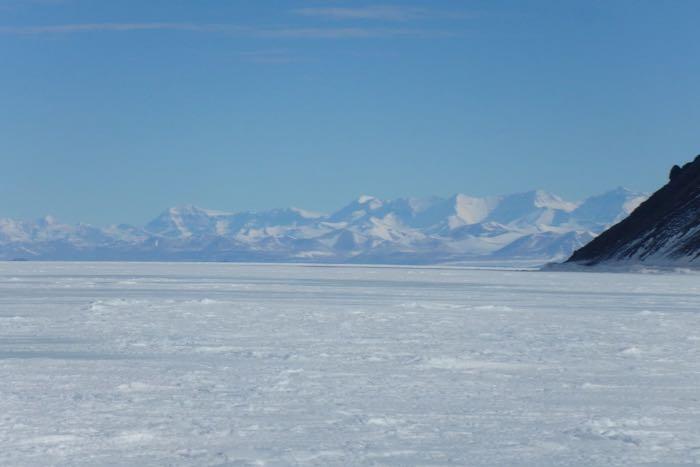
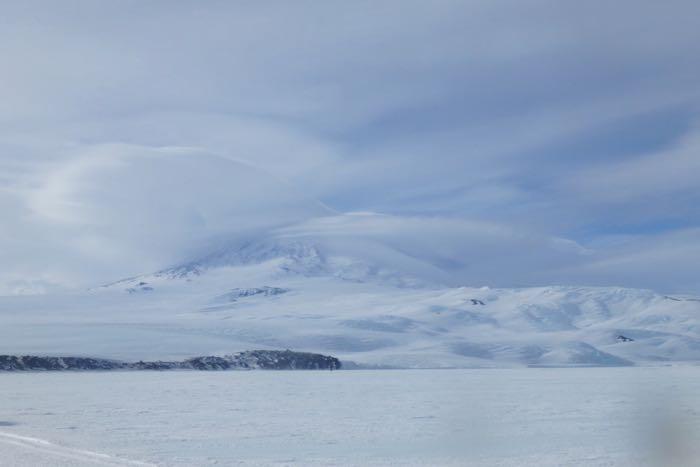
PlanktonPlankton are small or microscopic organisms that float or drift in fresh or salt water, especially at or near the surface, and serve as food for fish and other larger organisms. Project
Our scientists have turned us loose to create a project of our own for you to help us out with. We have decided to see the diversity and abundance of plankton at several locations around McMurdo Sound. I was interested in this because by class has studied diversity of benthic macroinvertebrates, and it would be a fun extension to study lake plankton too.
Here is how it is going to work...
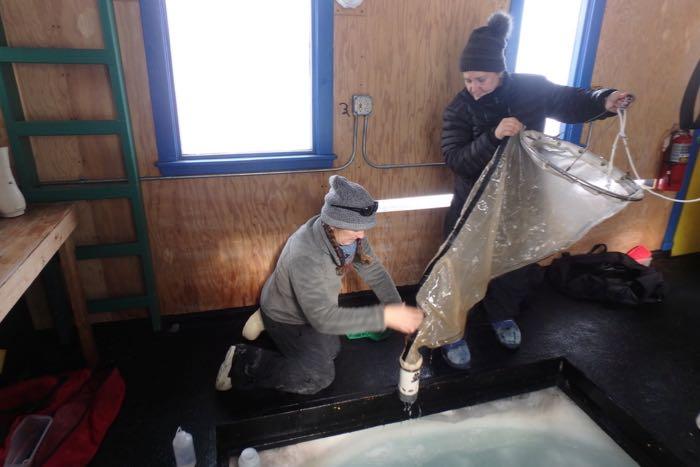

What is your hypothesis?
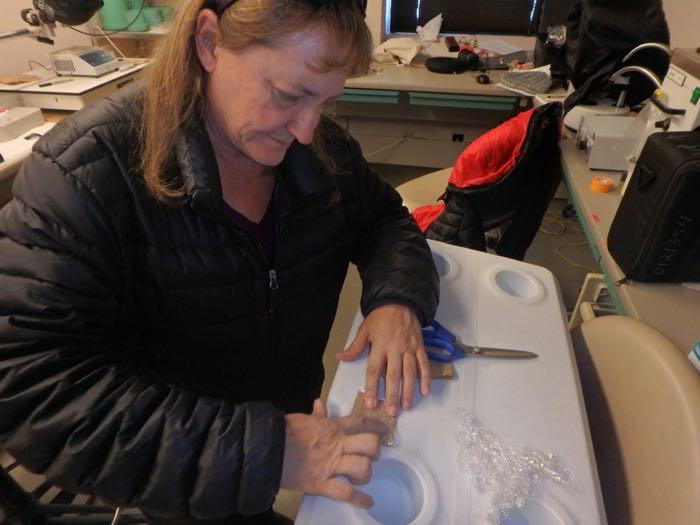
Protocol Part 1
We need to standardize our protocol so that all of our tests are comparable.
Part 1- collecting plankton
1. Drop the plankton net to the full length of the rope.
2. Pull the plankton net up
3. rinse collection cup into collection bottle.
4. Repeat steps 1-3 a second time.
Part 2
Back at the lab, we are going to filter some of the water out of the collection jar, and then try to count our catch. How many organisms do you think we will find? How many different types or organism? Do you think we will find more plant like, or animal like plankton?
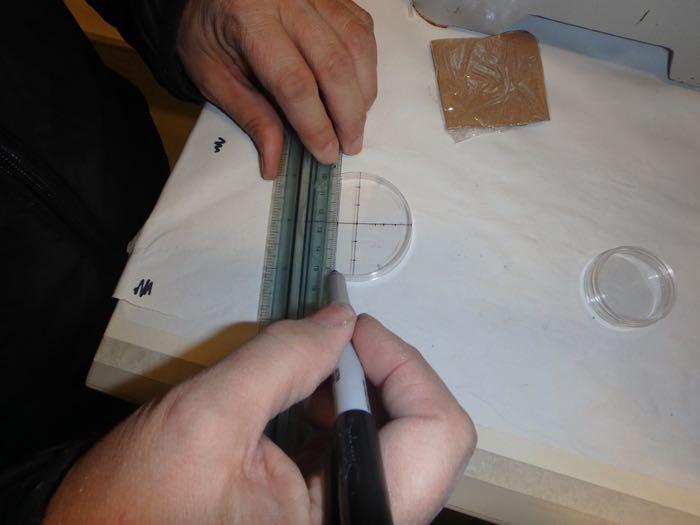
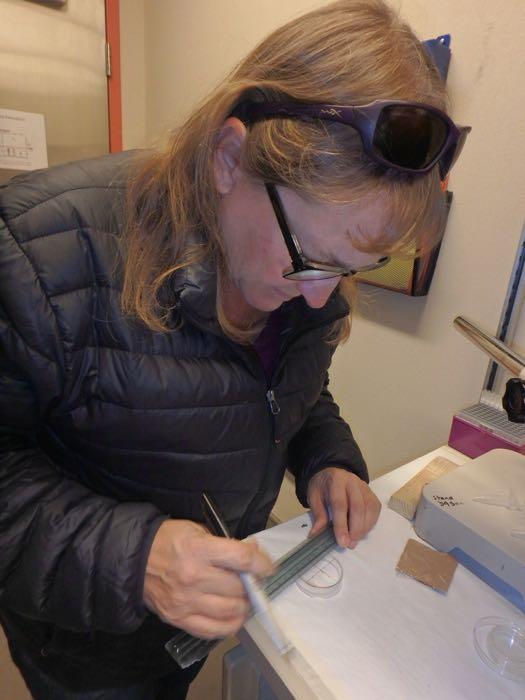
Stayed tuned tomorrow to help us identify the plankton we find!
Meanwhile..
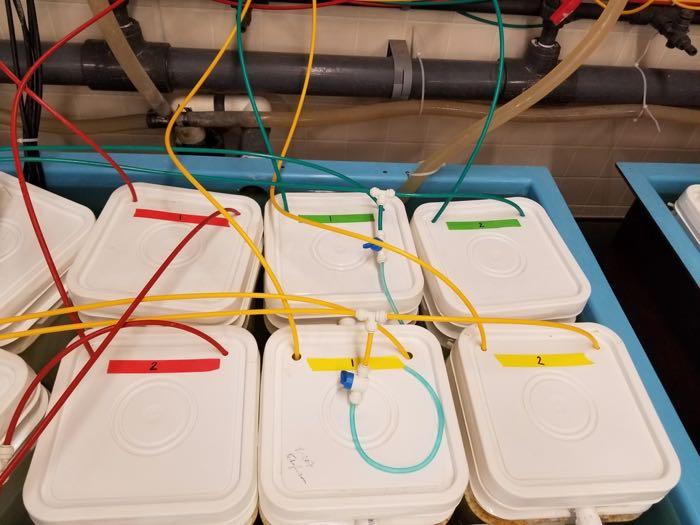
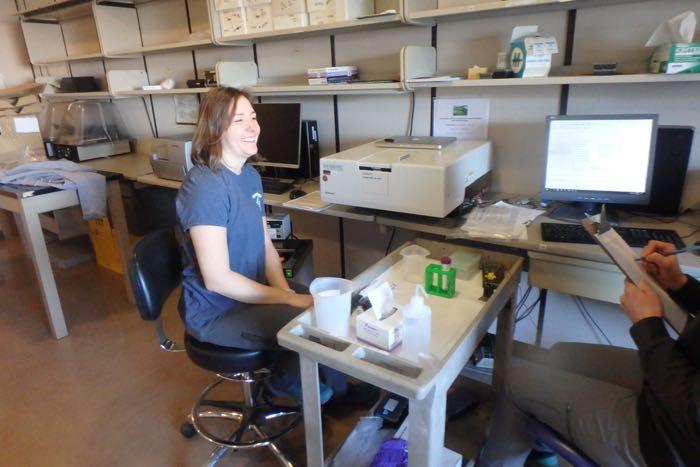
Shout Out
Today's shout out goes to Arroyo Seco in Greenfield fifth graders from Ms. Smith's class. Thanks so much for having me come to your class and signing a penguin for me to bring!
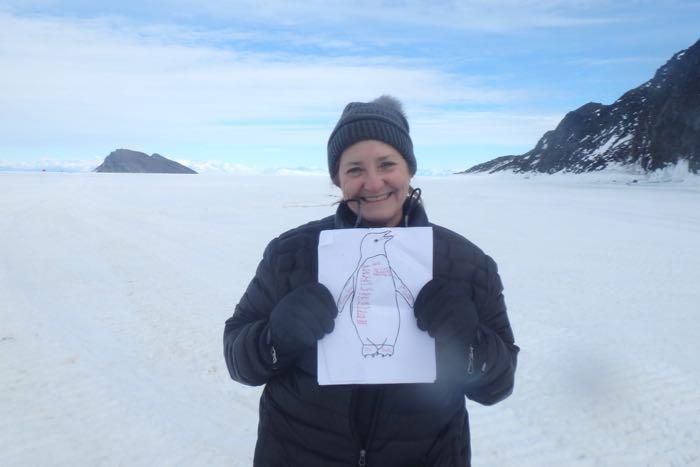
Tomorrow
Tomorrow we are going out to "The Jetty" to collect more fish. We need a few adults as well as some more T. pennellii. I'm looking forward to another day outside doing science!
Stay Cool,


Comments